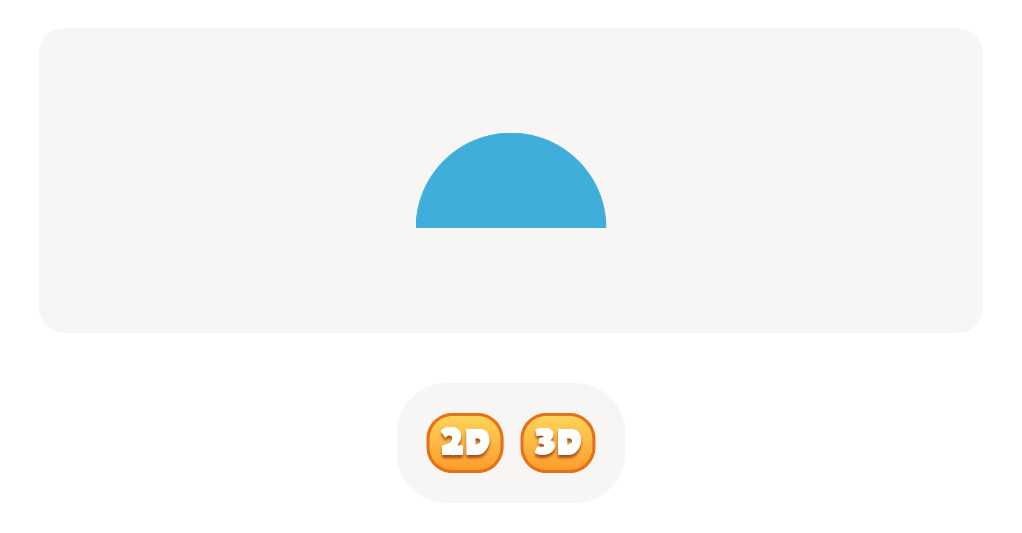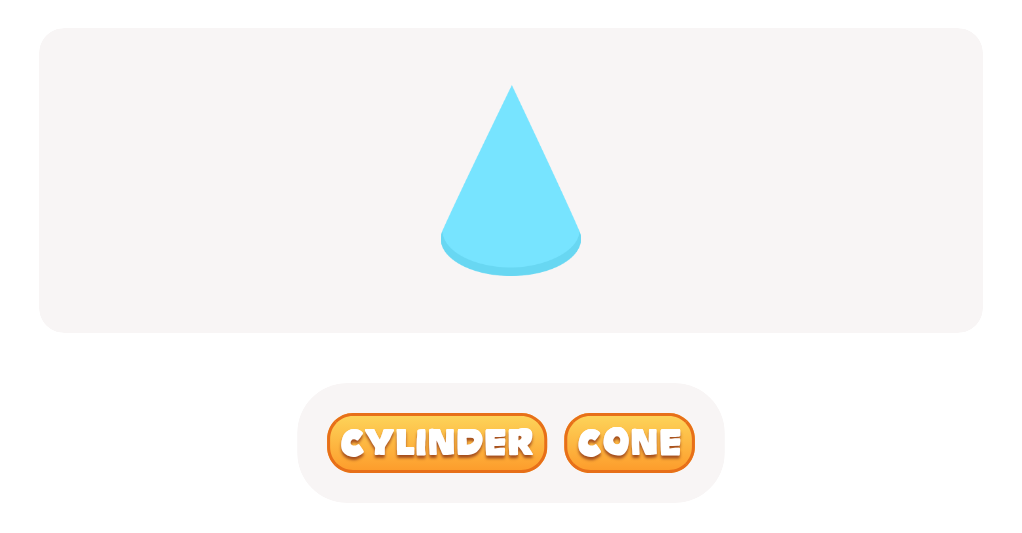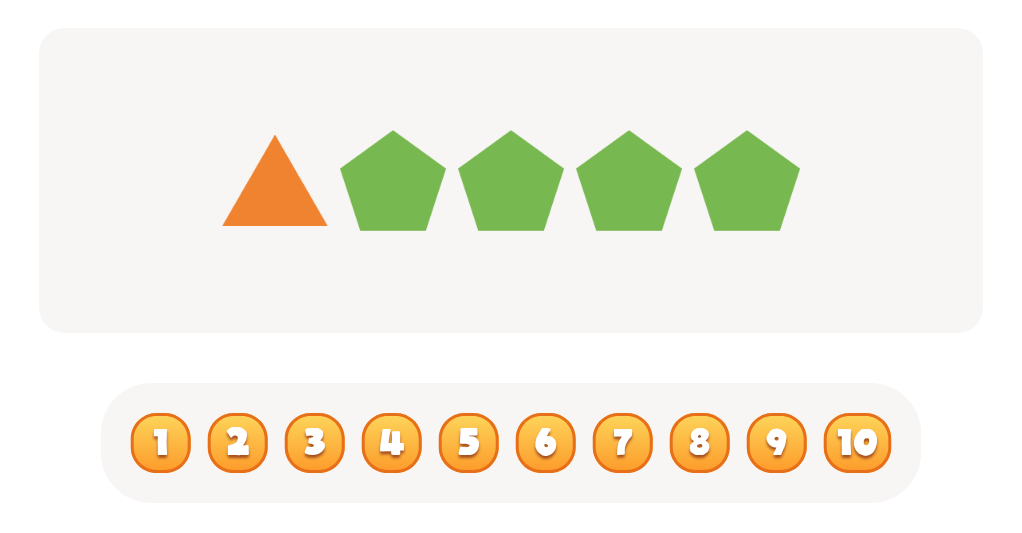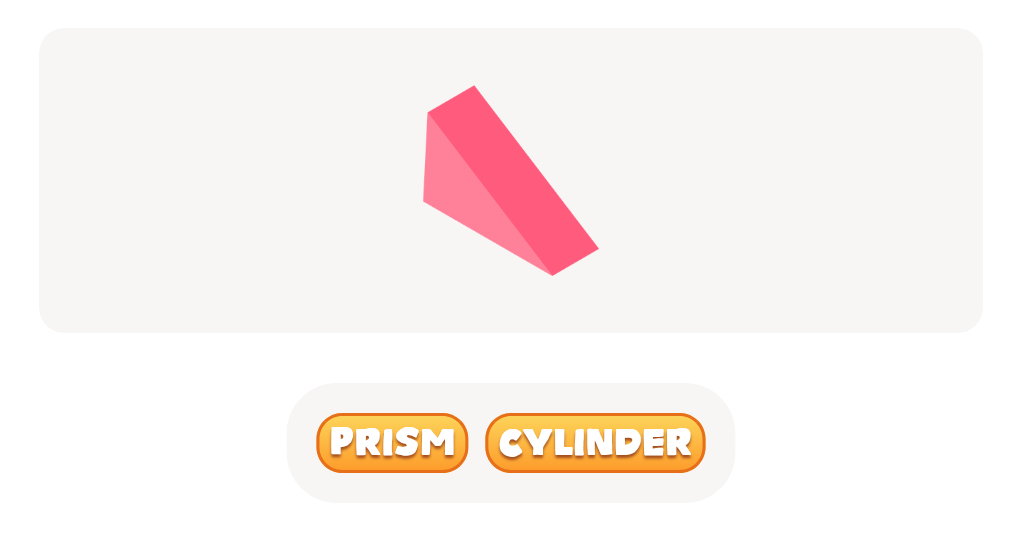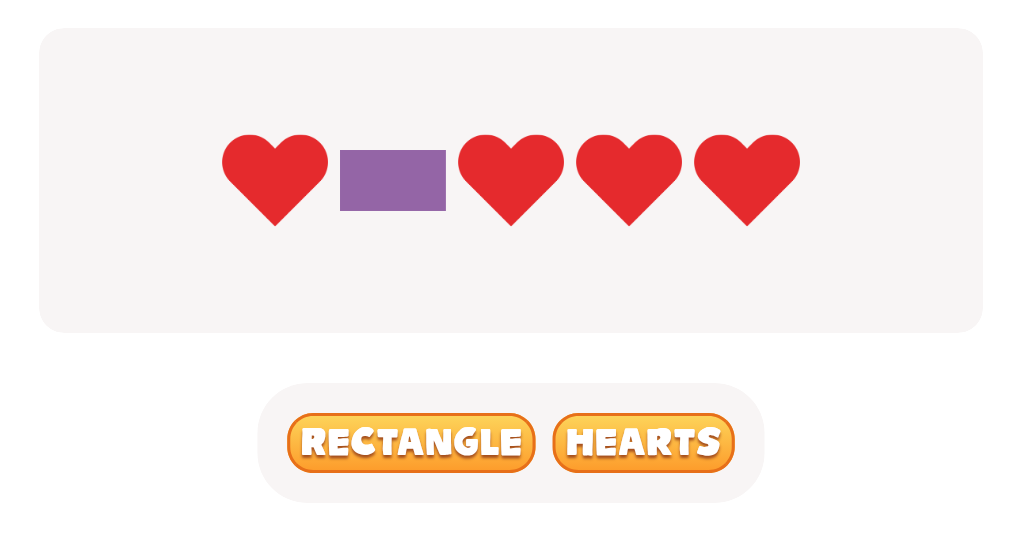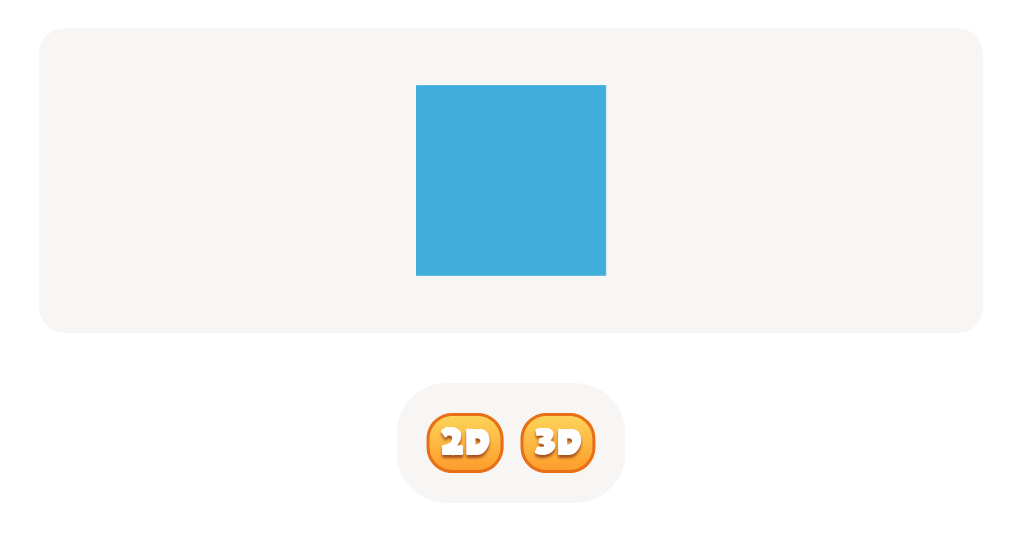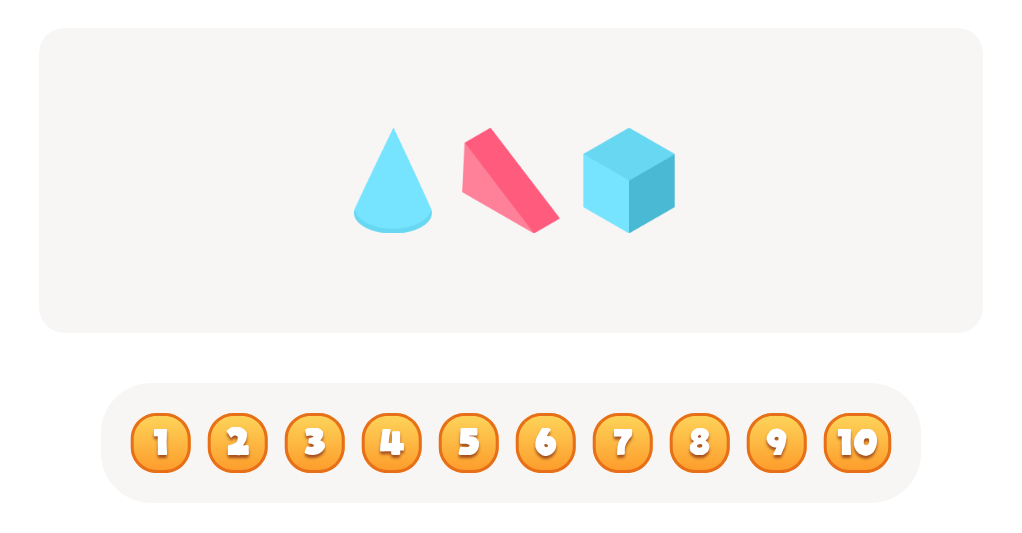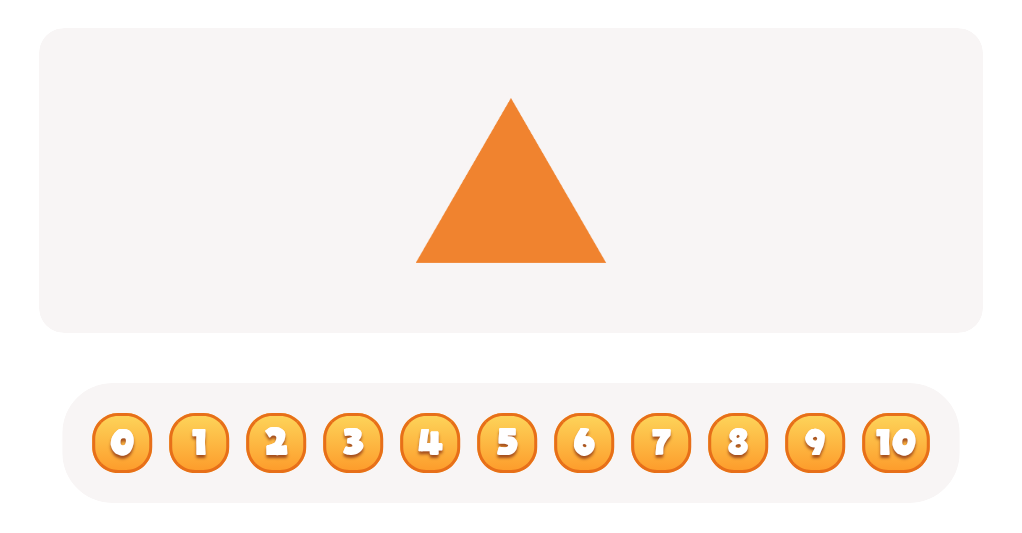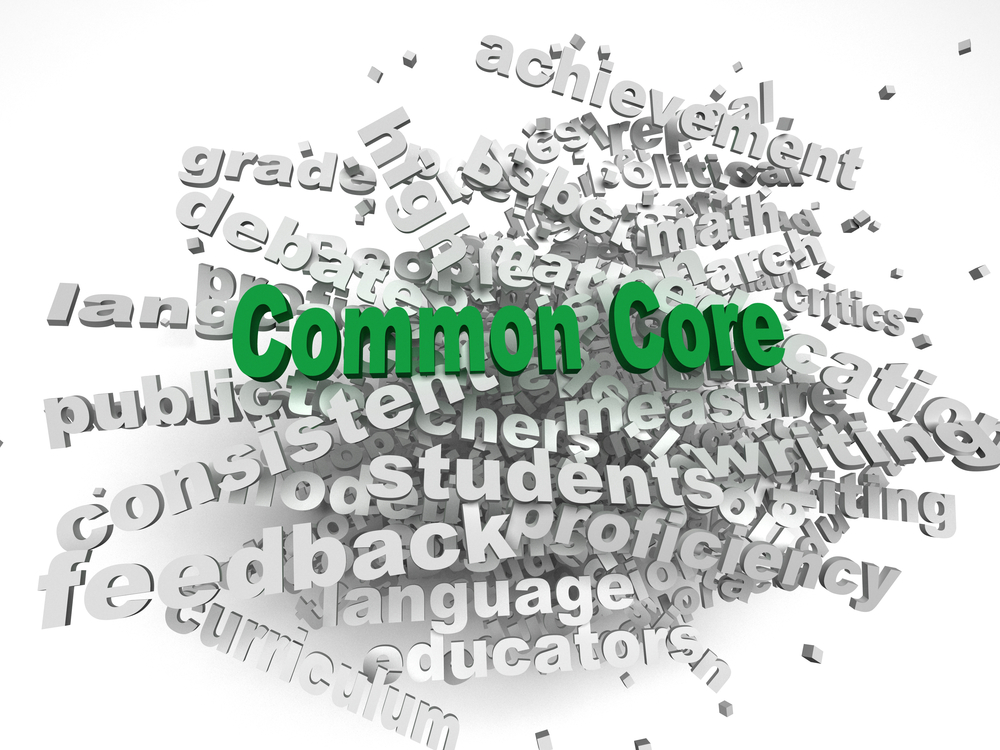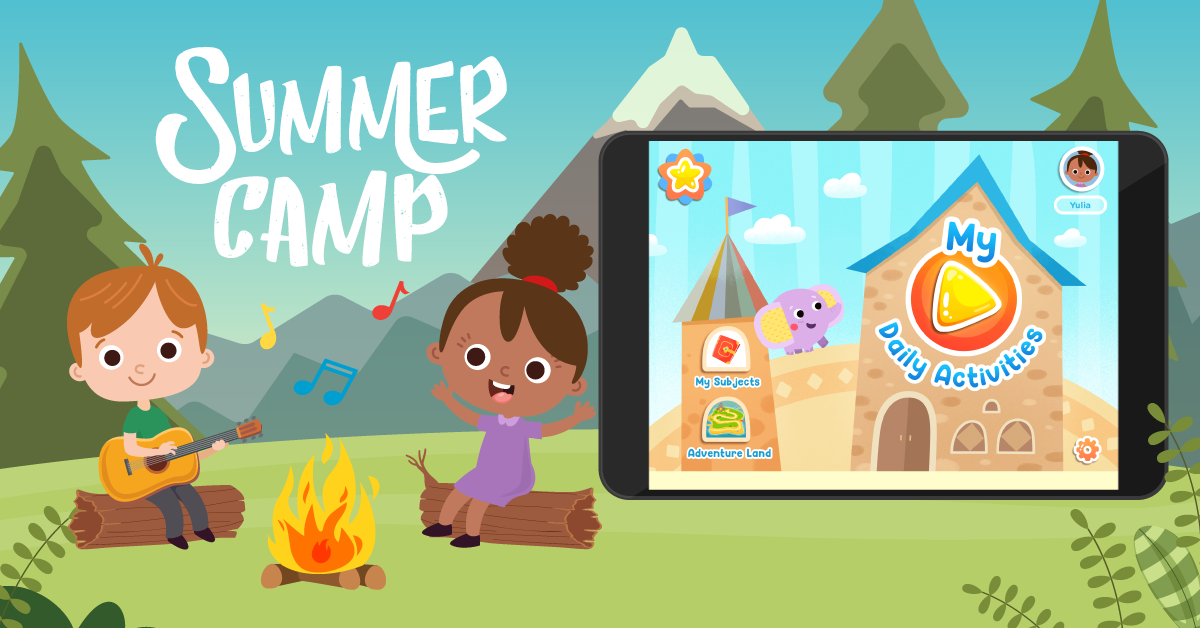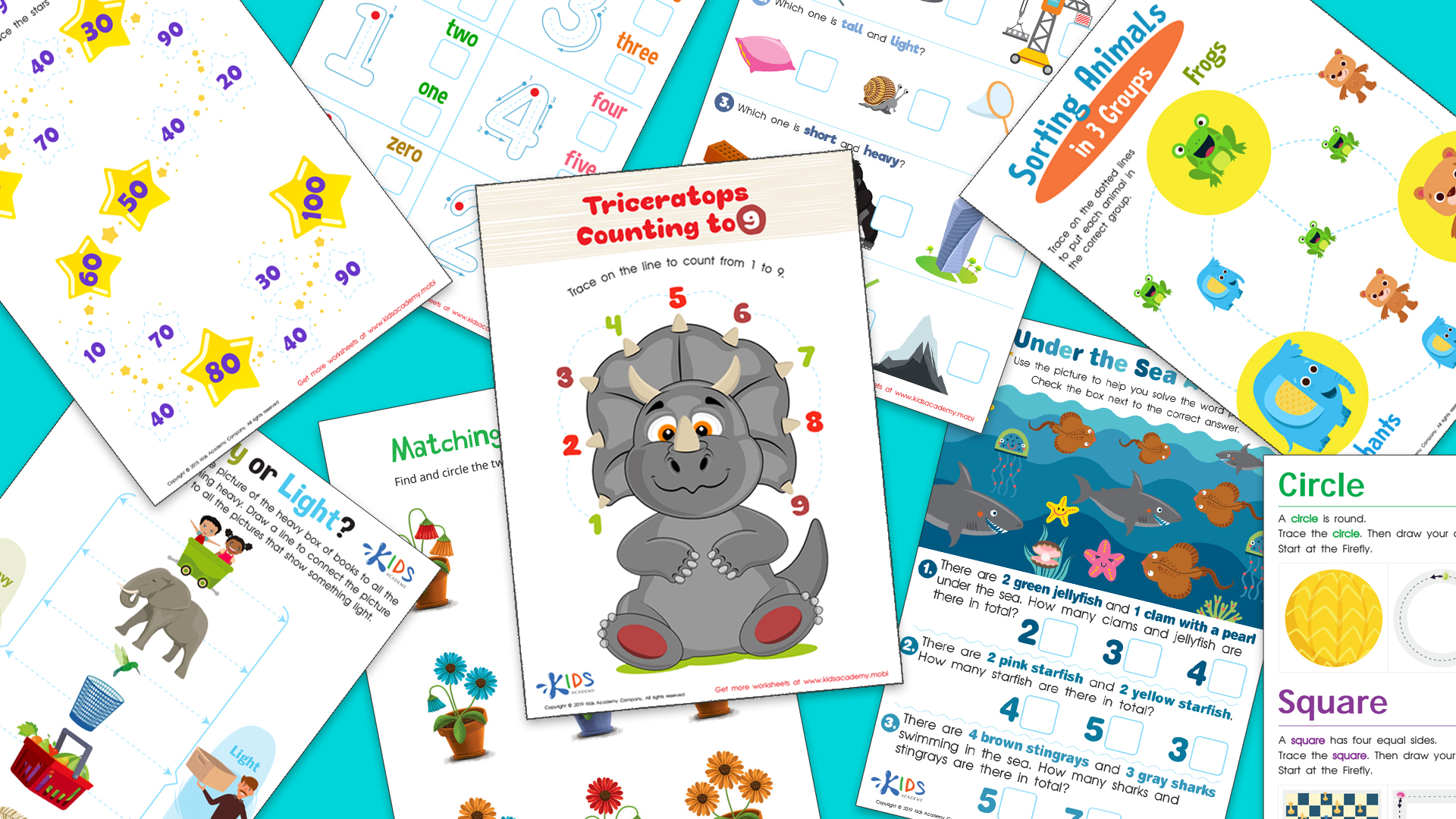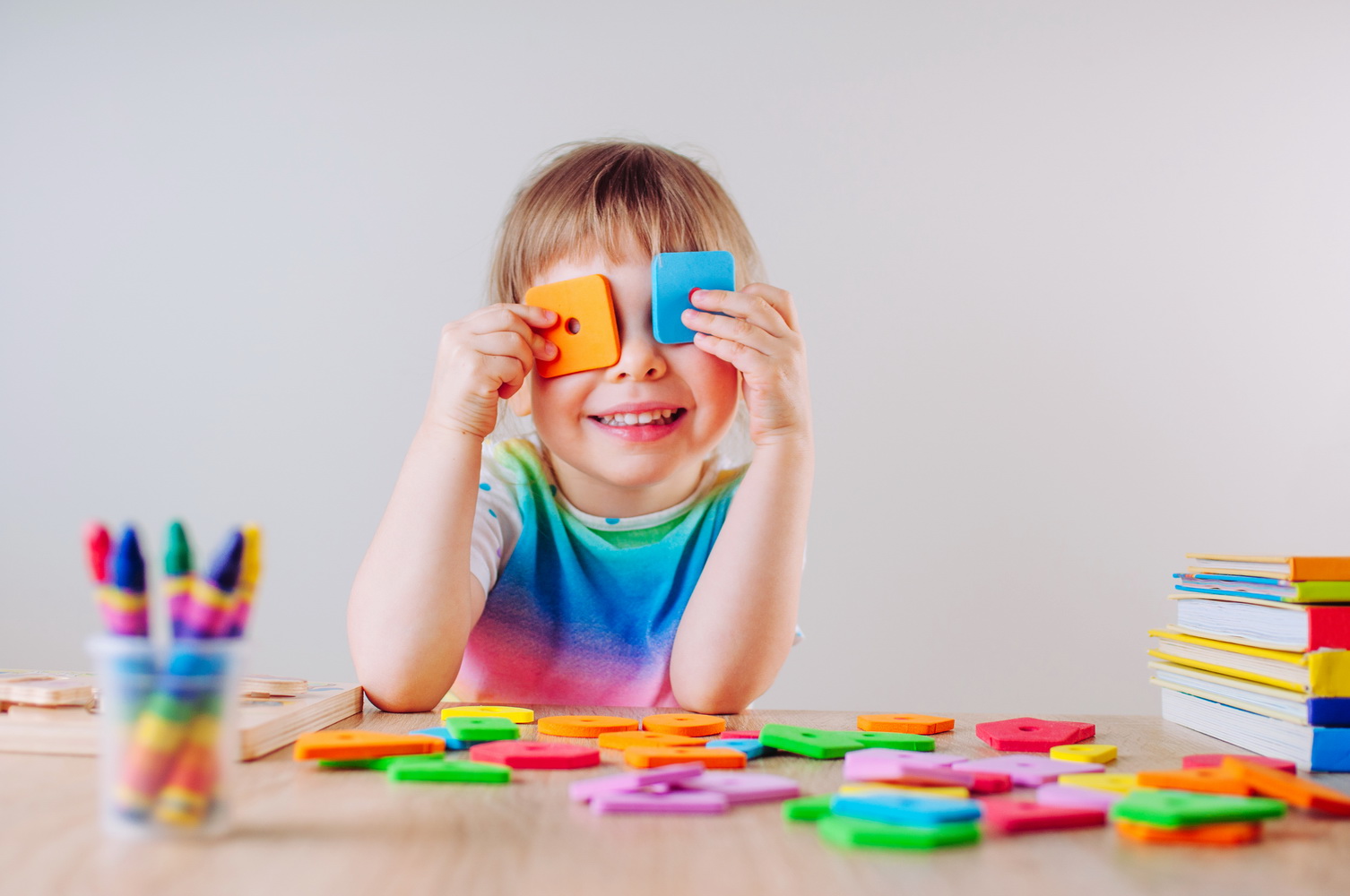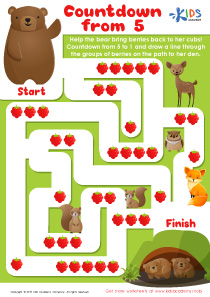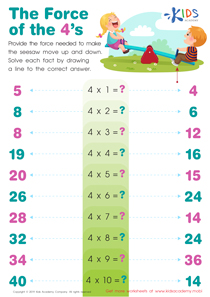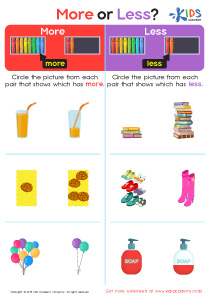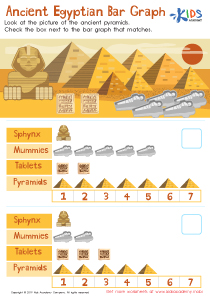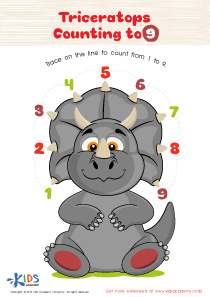Shape Recognition Easy Geometry Worksheets for Ages 5-7
14 filtered results
-
From - To
Explore our "Shape Recognition Easy Geometry Worksheets" designed for children ages 5-7! These engaging worksheets help young learners identify and understand various shapes through fun, interactive exercises. With vibrant illustrations and easy-to-follow activities, kids will enhance their shape recognition skills while enjoying hands-on learning. Our worksheets are perfect for parents and teachers seeking to reinforce math concepts in a playful way. Whether in the classroom or at home, these resources make learning geometry exciting. Jumpstart your child's mathematical journey and foster essential skills that form the foundation of their future academic success. Download now and turn learning into an adventure!


Cone Hide-and-Seek Worksheet
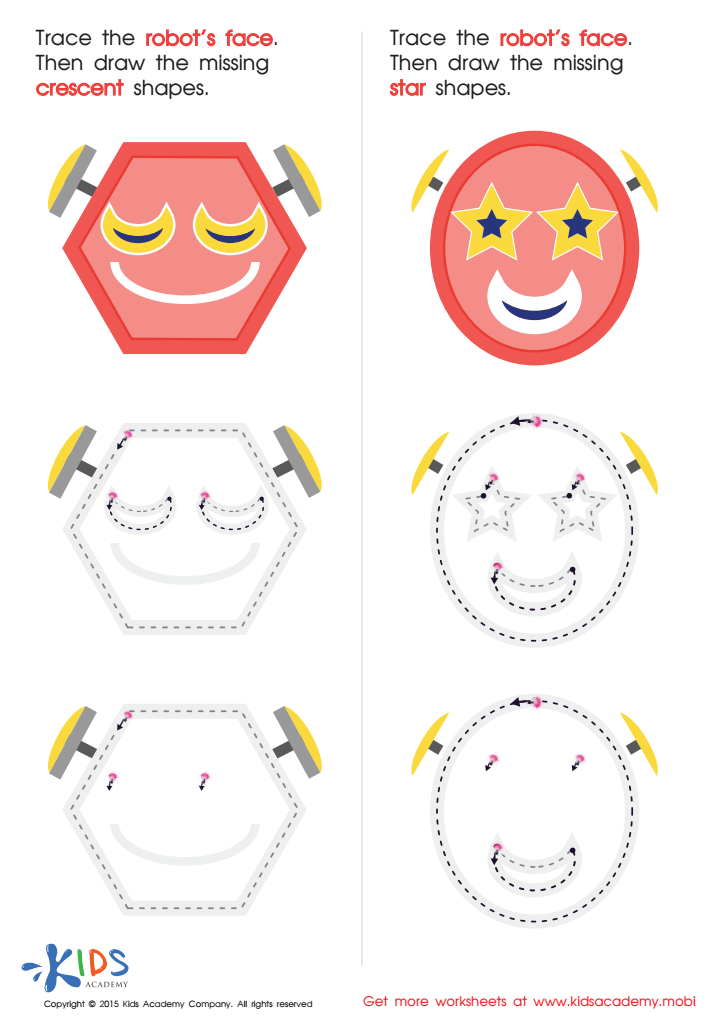

Composing a Robot's Face of Crescents And Stars Worksheet
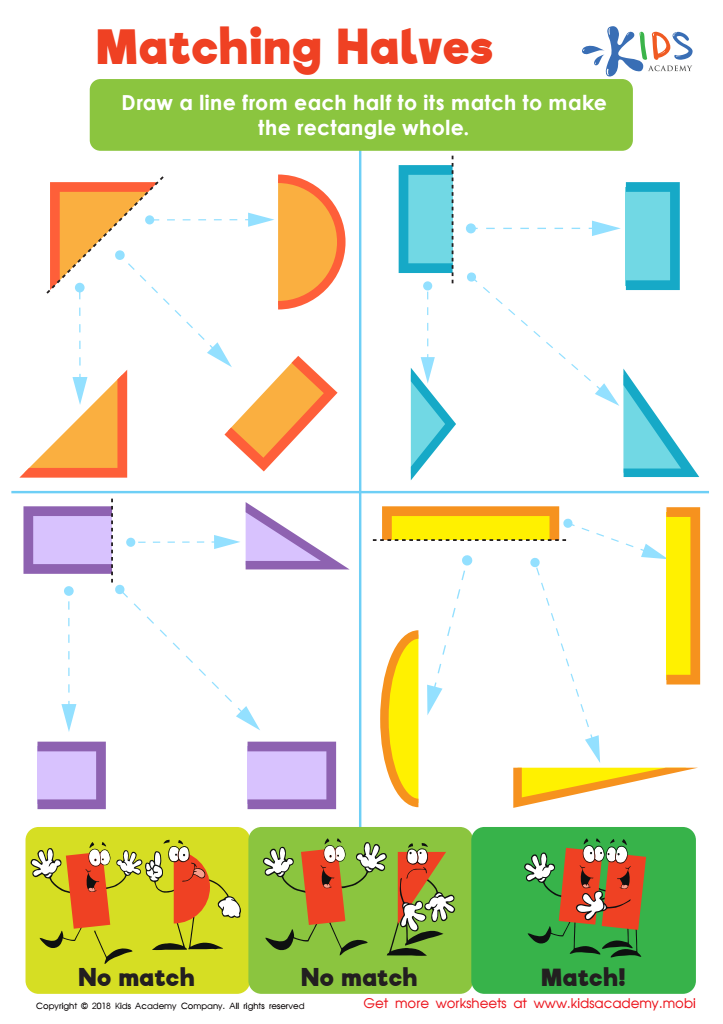

Matching Halves Worksheet


Faces of 3D Shapes Worksheet


Odd Shape Out Worksheet for Grade 1
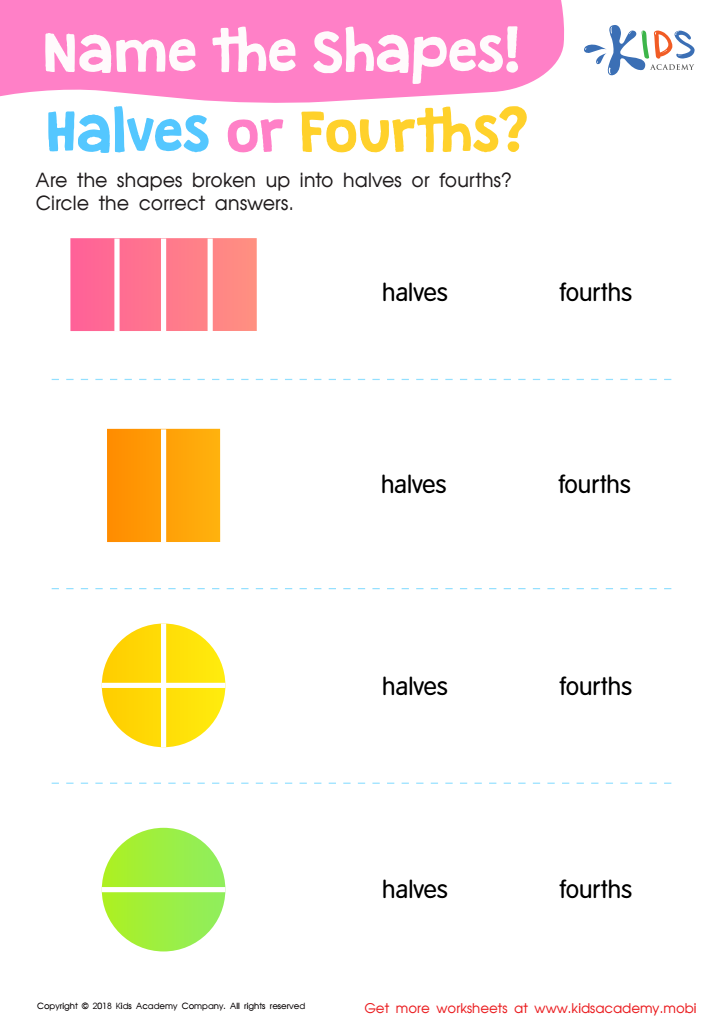

Name the Shapes Halves or Fourths? Worksheet
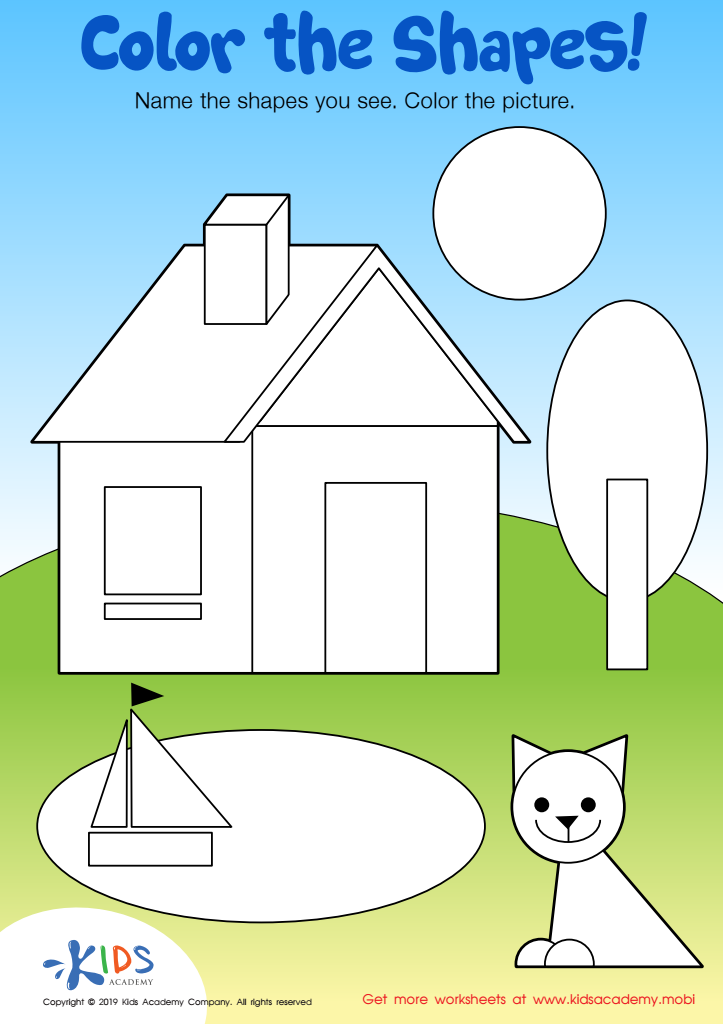

Color the Shapes Worksheet
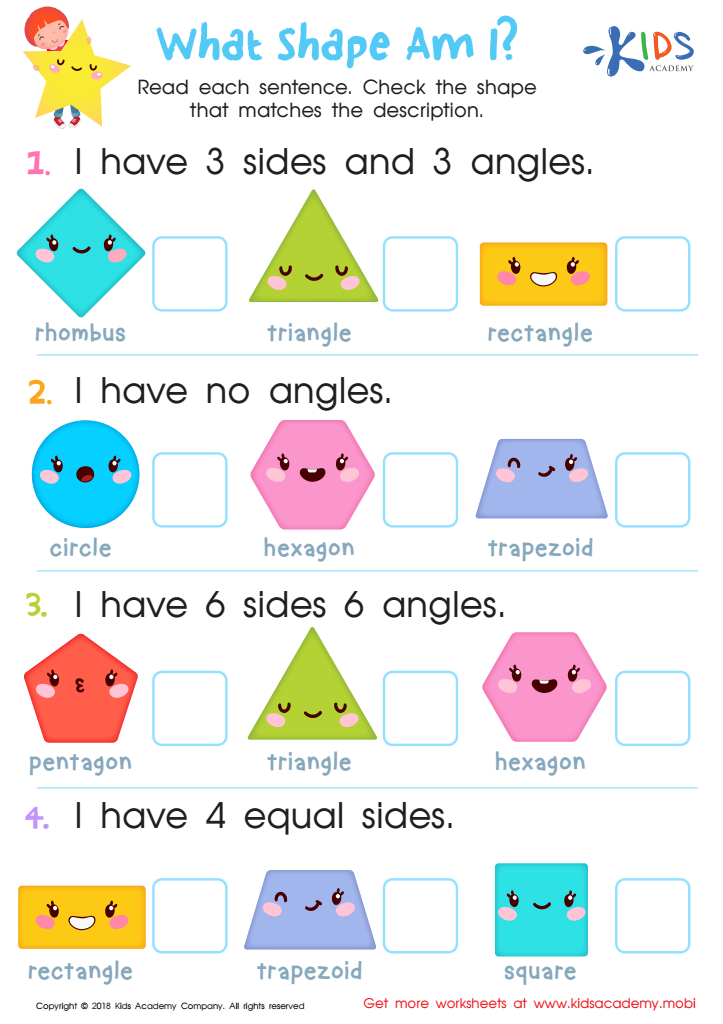

What Shape Am I? Worksheet
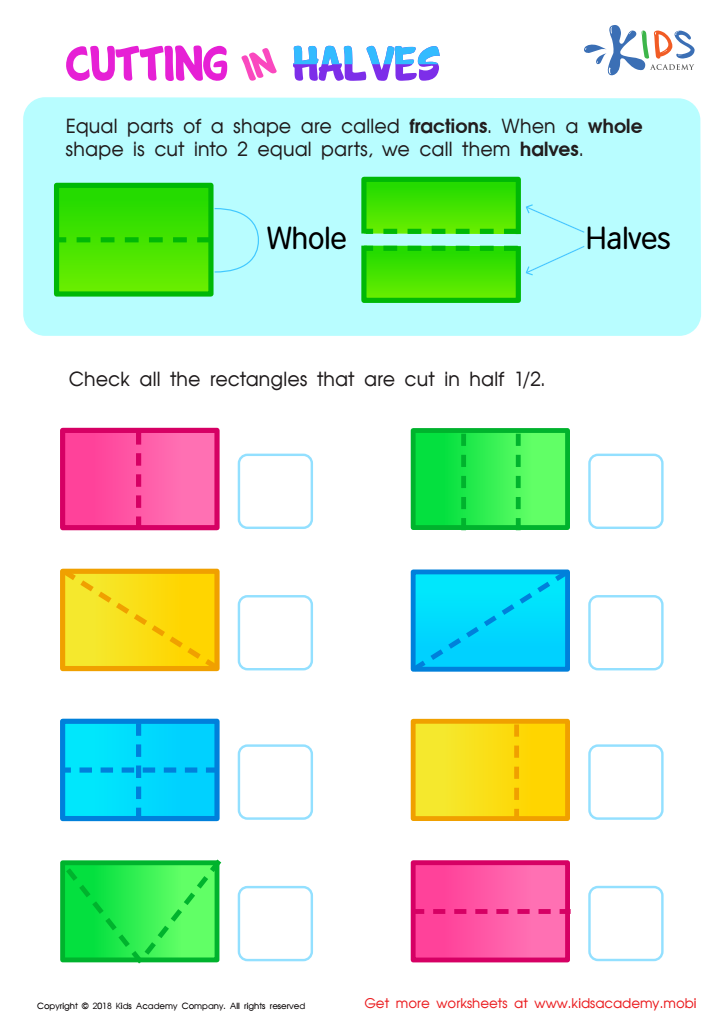

Cutting in Halves Worksheet
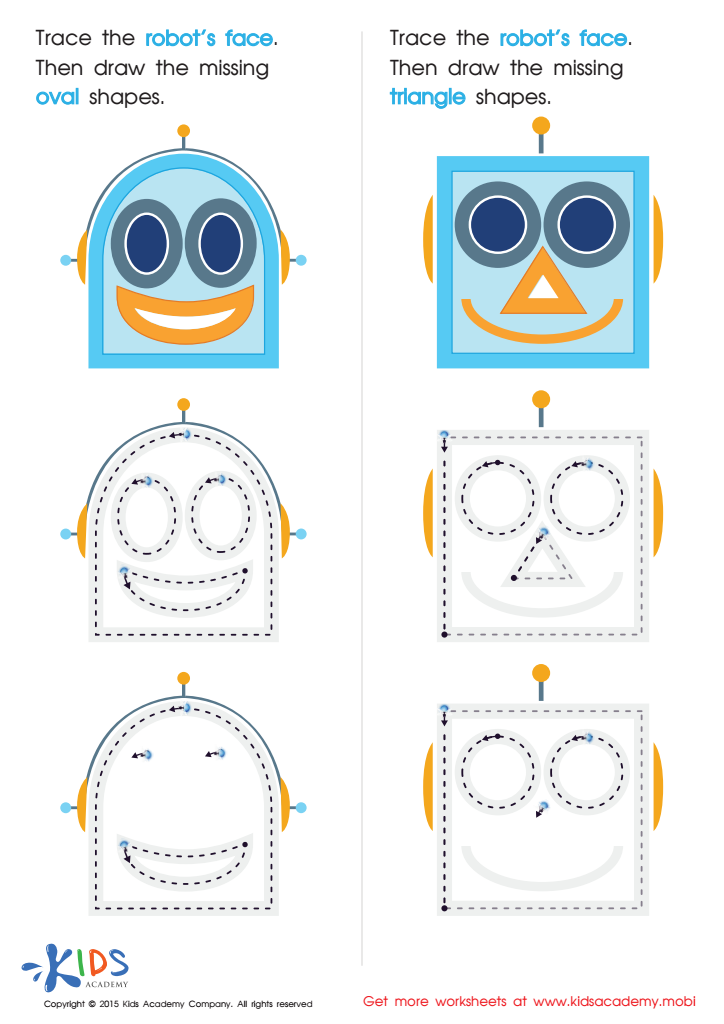

Drawing Ovals And Triangles with Fun Printable
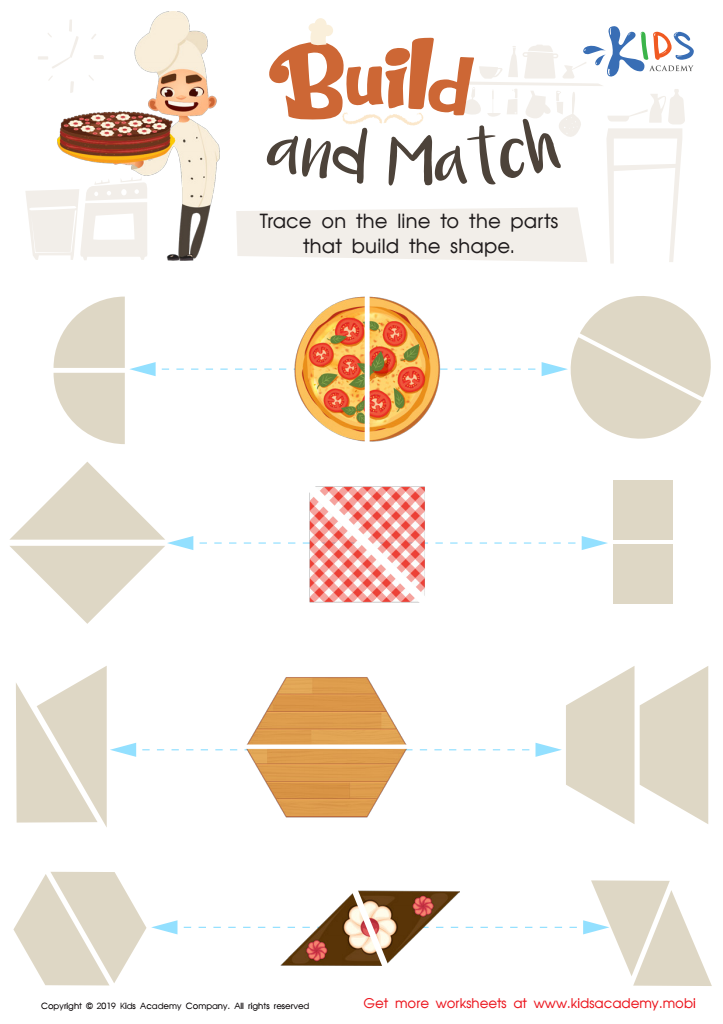

Build and Match Worksheet
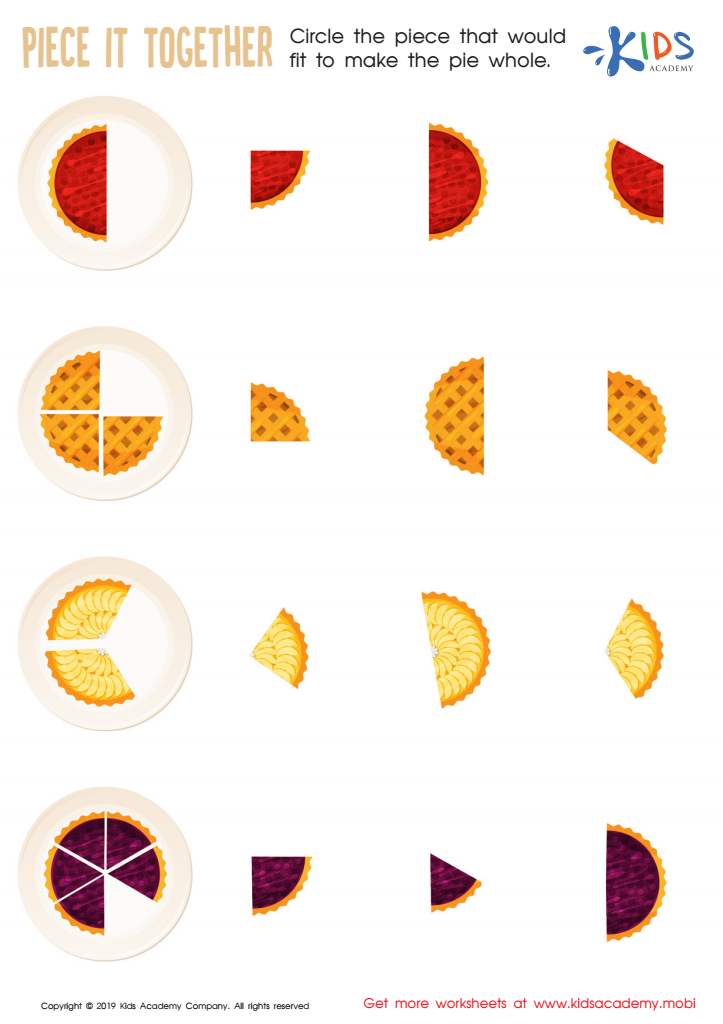

Piece it together Worksheet
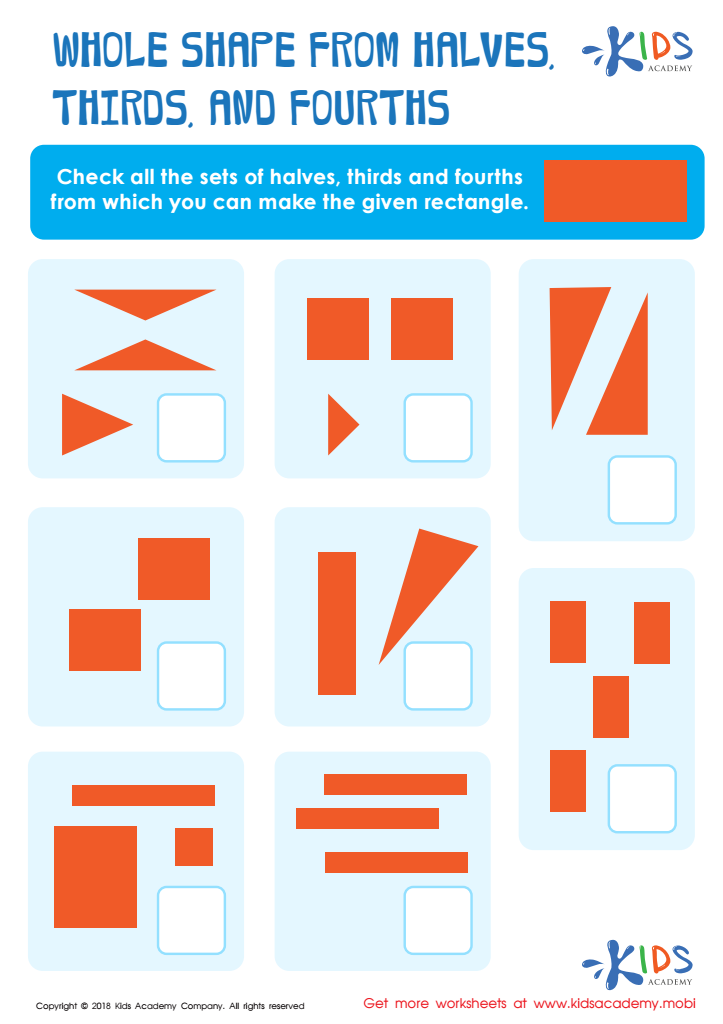

Whole Shape from Halves, Thirds and Fourths Worksheet


Construction Shapes Worksheet
Shape recognition is a foundational skill that develops children's spatial awareness and cognitive abilities, making it critical for parents and teachers to prioritize it for children aged 5-7. Early intervention in recognizing shapes lays the groundwork for a child's mathematical understanding, often influencing their future academic performance.
Firstly, acknowledging different shapes helps children categorize and make sense of their environment, enhancing their critical thinking skills. For young learners, recognizing shapes is not merely about identification; it's also about understanding properties, such as the number of sides, symmetry, and spatial relationships. These concepts transfer to more complex mathematical tasks, like addition and geometry, as they progress in school.
Moreover, early shape recognition can strengthen fine motor skills through activities like drawing, cutting, and assembling shapes, fostering creativity and dexterity. Engaging in shape-related games and activities promotes teamwork and social interactions, essential facets of emotional and social development.
Lastly, introducing basic geometry through fun, interactive methods can ignite a lifelong interest in math and science. Therefore, by nurturing shape recognition, parents and teachers not only support essential learning but also inspire confidence and curiosity in young learners, preparing them for future academic challenges.

 Assign to My Students
Assign to My Students
